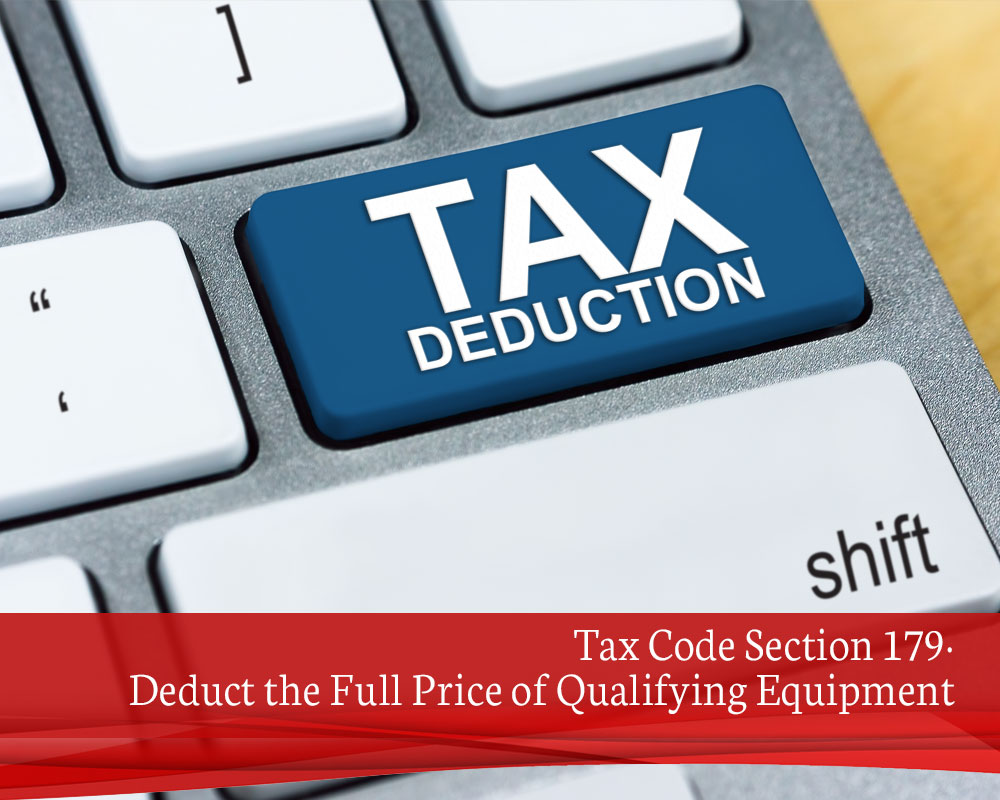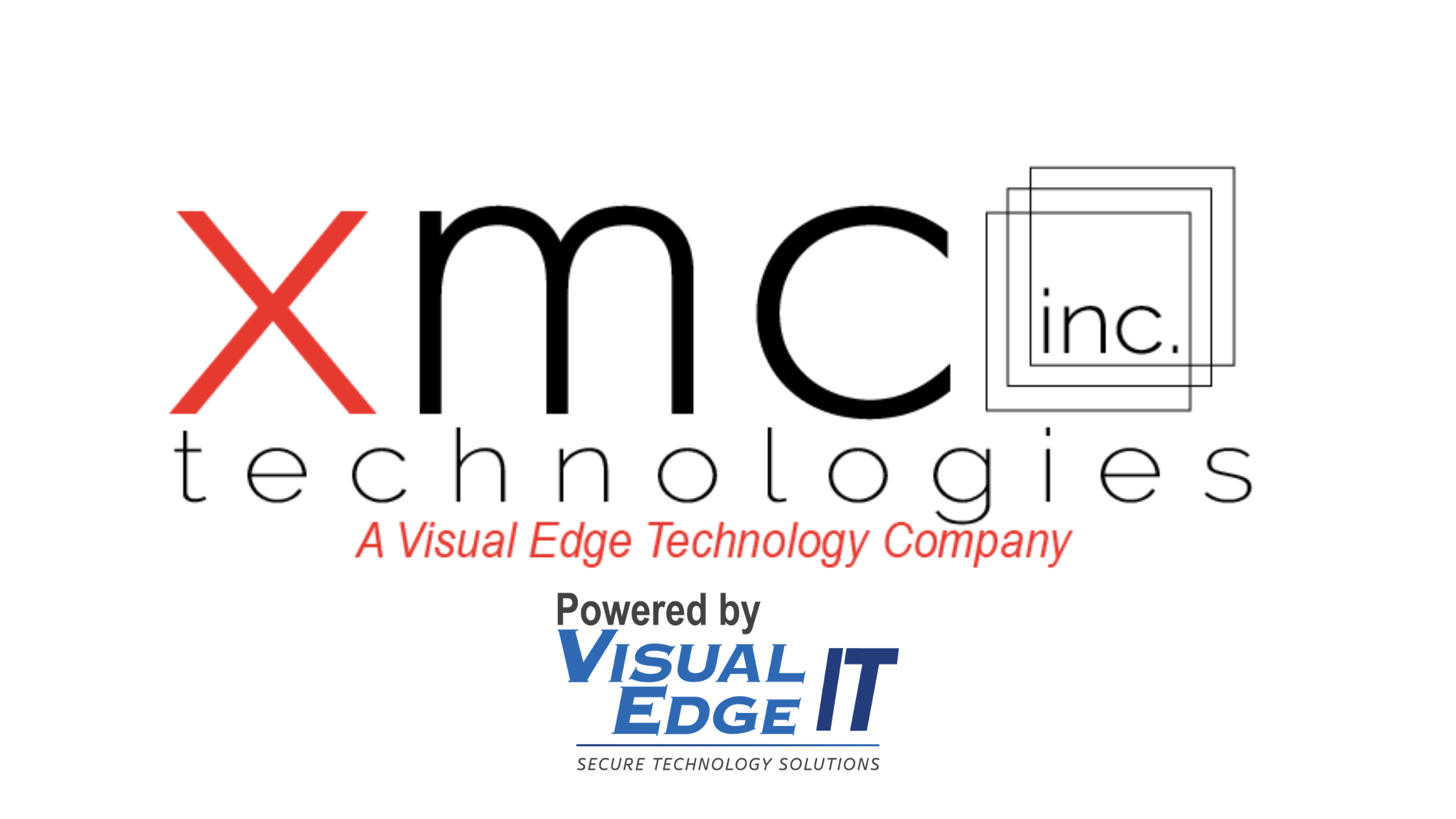
When it comes to running a business, there are few things which seem more mysterious than the tax code. Many people have heard of Section 179. Under this section, businesses may deduct certain types of expenses at their full purchase price. As a result, it’s often been referred to as the “SUV Tax Loophole,” or the “Hummer Deduction,” because some companies have taken advantage of it.
However, Section 179 serves far more usefulness than simply providing tax write-offs for fancy vehicles. Companies which purchase qualifying equipment can take advantage of this section to reduce their tax liability for 2019, in a simpler and more straightforward way. Here’s what that means and how to do it.
What Is Section 179 and Why Does It Exist?
Section 179 is a tax code in the United States which allows a company to deduct the full purchase price of qualifying equipment from the company’s gross income. It applies to qualify tangible, personal property which was purchased for use in a trade or business. Section 179 differs from Sections 167 and 168, which allow a depreciable deduction of property over several years. In other words, Section 179 allows a company to deduct the full purchase price once, whereas the other sections permit multiple, depreciable deductions over years[1] .
For many companies, Section 179 is much simpler and more straightforward than calculating depreciation. It was designed as an incentive to benefit small businesses by encouraging companies to invest in themselves by purchasing equipment. The high deduction limit and spending cap on equipment purchases both reflect this intent. For 2019:
● The deduction limit is one million dollars.
● The spending cap on equipment purchases is 2.5 million dollars.
● The bonus depreciation – taken after the spending cap is reached – is 100 percent.
Section 179 is known as the “Hummer Deduction” because many companies use it to write off the full price of an SUV. However, to curb this misuse, the IRS has since instituted restrictions on deductions for vehicles that are not large commercial vehicles, commuter vans, or busses.
What Equipment Qualifies Under This Tax Code?
Almost all types of equipment used for business will qualify for the Section 179 deduction if the equipment was purchased and used between January 1 and December 21 of the tax year for which the deduction is claimed. Examples of business equipment include (but are not limited to):
● Machinery
● Office equipment such as computers or printers
● Tangible personal property used for business purposes
● Tangible personal property used partially for business purposes – deducted as a percentage
● Business vehicles with a gross weight above 6,000 pounds
● Office furniture
● Off-the-shelf software
● Certain improvements to business buildings such as fire suppression, alarms, HVAC or roofing
The IRS has released Publication 946 for specific guidance regarding qualifying equipment, improvements, and vehicles. This publication also covers calculations for partial business use and other special circumstances.
What Businesses Benefit the Most?
Every business uses machinery, supplies, and equipment to conduct is processes. Therefore, every business can take advantage of Section 179 to reduce their tax liability. This includes self-employed individuals filing as a sole proprietorship with no formally registered business. However[2] , for these individuals, the IRS disallows Section 179 deductions if the deductions would force the sole proprietorship to take a loss on their tax return. In other words, sole proprietors cannot deduct more than they made in one year on business equipment.
Nonetheless, Section 179 is a deduction designed specifically for small and medium businesses. Larger business can certainly benefit from them. However, the bonus depreciation, which begins to phase out after the deduction by percent after the spending cap is reached, reduces the deduction to zero percent by 3.5 million dollars. Larger companies which spend beyond this amount on tangible property will find Section 179 less valuable overall.
Make the Most of Section 179 With Business Investments Today
Every office needs equipment, and the United States tax code includes provisions to make investing in that equipment financially attractive. Devices such as printers and copiers, as well as off-the-shelf software, are all legitimate, allowable deductions under Section 179.
With 2019 winding to a close, now is the perfect time to start thinking about the taxes due next April. Reduce the company’s liability now by investing in the right devices to boost savings and office efficiency.
XMC is thrilled to help companies improve their business efficiency in ways that are tax code friendly. Contact us today to discover your ideal office technology solutions.
